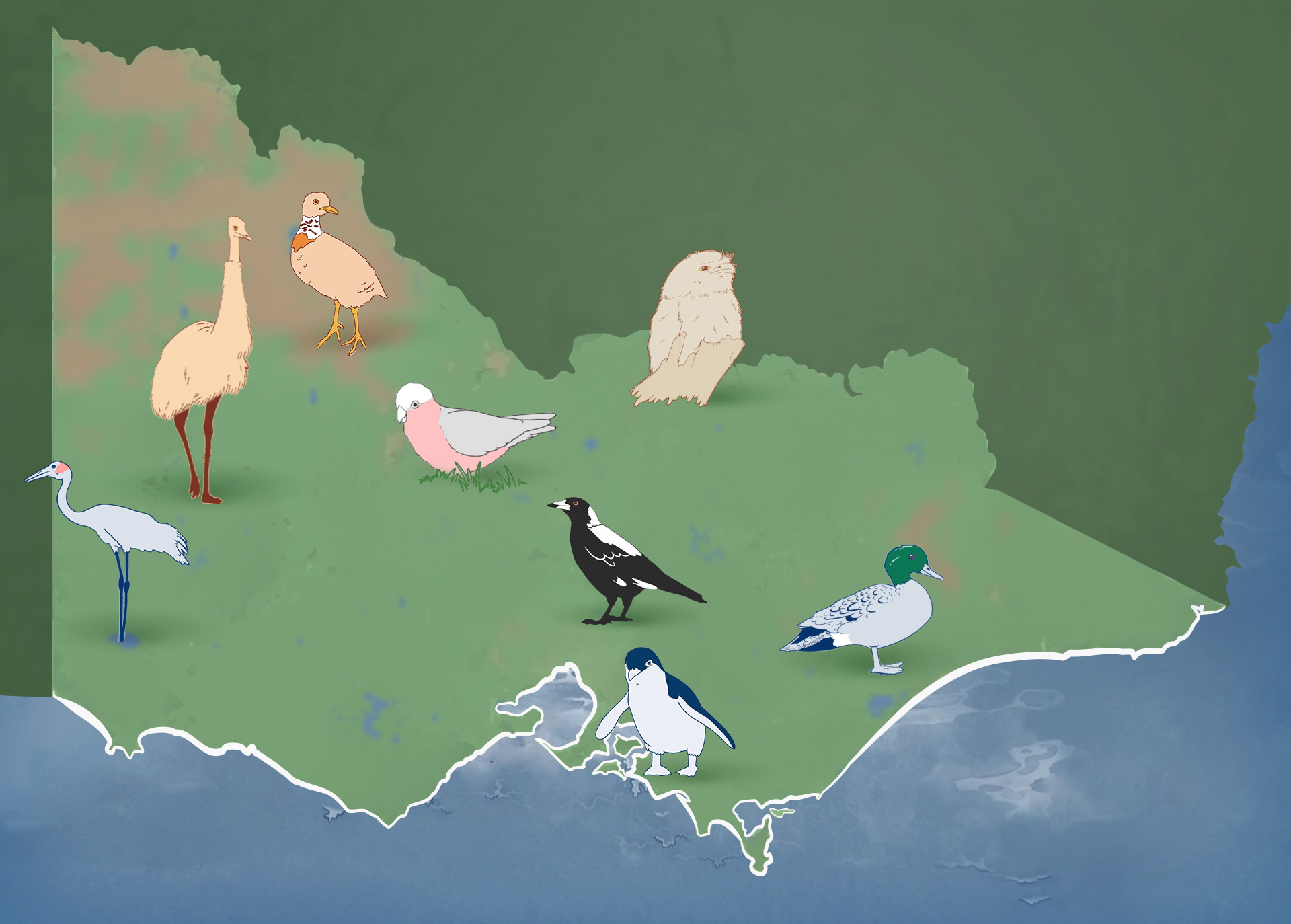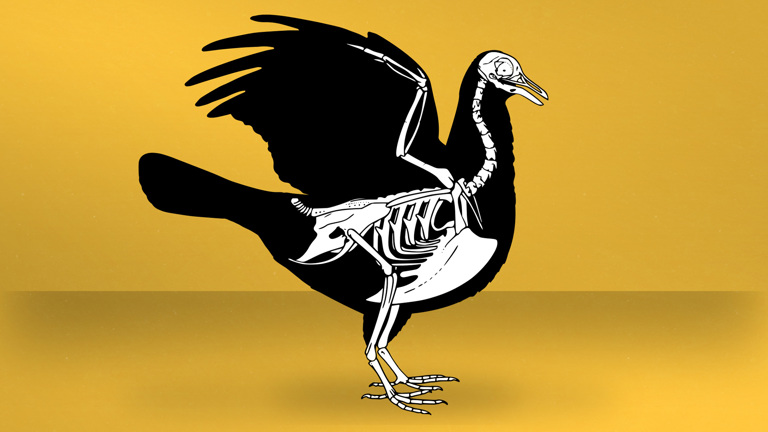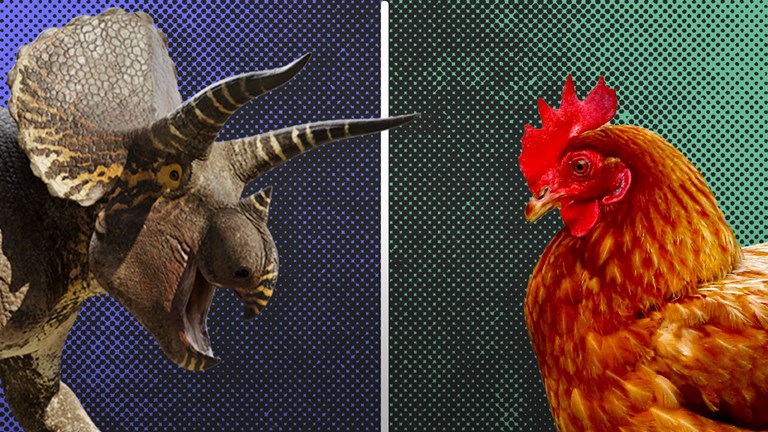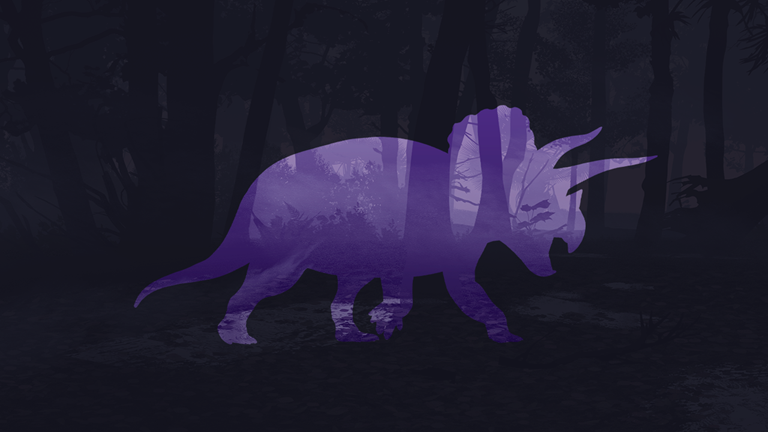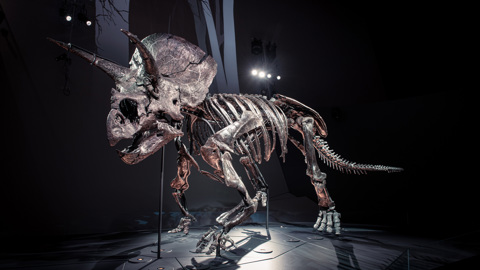Brolga
Location: Strathdownie
The brolga is a tall wetland crane. With a wingspan up to 2.5 metres, it’s one of Australia’s largest flying birds. Brolgas are best known for their energetic dance routines that involve jumping in the air and tossing grass with their beaks.
Magpie
Location: Melbourne
A common sight in Australian cities, the magpie is a clever and resourceful bird known for its musical song. Did you know that the Australian magpie can recognise as many as 30 different people? They are also talented mimics, able to copy the sounds made by other birds as well as dogs, humans and even sirens!
Emu
Location: Wartook in the Grampians
Emus may not be able to fly, but they sure can run—at speeds of almost 50km/hr. The emu’s size and speed make it difficult for predators to catch.
Did you know that emus have an extra eyelid which closes sideways? It’s see-through, so they can keep dust out of their eyes but still see where they’re going!
Tawny frogmouth
Location: Lower Goulburn National Park
The tawny frogmouth is named for its wide mouth—which it uses to eat insects, spiders, beetles, lizards or frogs.
It has both excellent eyesight and hearing and is well adapted to hunting at night. The tawny frogmouth is well camouflaged and can be hard to spot during the day.
Plains-wanderer
Location: Northern Plains
The plains-wanderer is the only living member of an ancient group of birds. It’s well camouflaged, so often difficult to spot.
The female plains-wanderer is larger and more colourful. After laying her eggs she leaves the male to look after the eggs and young.
Galah
Location: Bendigo
With their distinctive pink and grey colouring, galahs are one of the most familiar birds in Australia. They gather in large, noisy flocks and can travel great distances to find food.
Galahs are common around towns, farms and cities where they can find a good supply of food and water.
Chestnut Teal (Duck)
Location: Lake Wellington
The chestnut teal is one of few Australian ducks that can live in salty conditions. Like other ducks, their webbed feet are well suited to paddling through water, and the edge of their bill is lined with lamellae—this works like a comb to help filter out mud and water from food like crustaceans and molluscs.
Penguin
Location: Phillip Island
The little penguin is the smallest penguin in the world, and the only species that breeds in Australia. Their wings are well adapted to swimming, allowing them to glide gracefully through the water.

